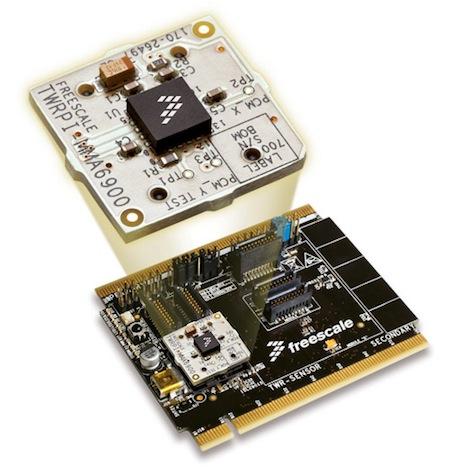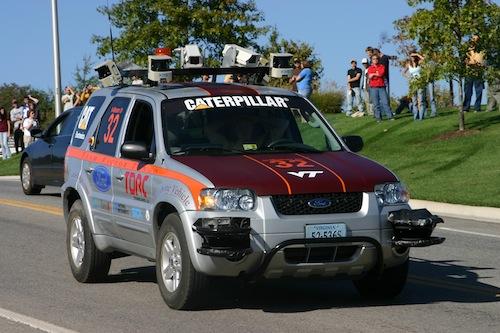Detroit Paves Road to Autonomous Driving
June 11, 2012

During a government-sponsored autonomous vehicle race a few years ago, engineers noticed a curious phenomenon. The human-driven cars in the race were making mistakes -- blowing past stop signs and failing to use turn signals. In contrast, the robotic vehicles were slow but flawless. Not only did they stop and check for traffic at intersections, but they also yielded to the mistake-prone humans.
"We never saw a robotic vehicle run a stop sign or fail to use turn signals," said Charles Reinholtz, chairman of the mechanical and civil engineering department at Embry-Riddle Aeronautical University and a team participant at the event. "They were much more predictable than the humans."
That predictability could be the foundation for a revolution in the transportation industry. Experts say that autonomous vehicles are getting better. Thanks to improvements in sensors, software, and computing power, many experts say there will come a day when our cars will take over the driving chores.

"The carmakers all have this lofty goal," said Matt Muddiman, manager of systems and applications for MEMS automotive sensors at Freescale Semiconductor. "They want our cars to be able to take us to the grocery store. We'll just jump in the cars, and off we'll go."
Engineers who have built autonomous cars say that's not an unrealistic expectation. In the 2005 DARPA Grand Challenge race for autonomous vehicles, five cars independently traversed the entire 140-mile course, including mountain roads with hairpin turns. In the 2007 Urban Challenge, six more vehicles finished. Moreover, Google's autonomous cars have quietly logged more than 200,000 miles on California roads.
"Today, we can already do it in low-chaos environments," said Alan Taub, vice president of global research and development for General Motors. "If you try to go to Bombay, with very heavy congestion, people not driving in their lanes, and a mixture of pedestrian and vehicle traffic, our ability is limited. On the other hand, if you go to a freeway, where you only have to recognize vehicles and stationary objects, we can do that."
Though some observers might ask why the automotive community is bothering to undertake such a monumental effort, proponents of the technology say there's good reason: Every year, between 30,000 and 40,000 Americans die in traffic accidents. Worse, the opportunity for more fatalities looms ahead, because drivers are increasingly invaded by a bevy of distractions, ranging from cellphones and iPods to GPS systems. "Today, our expectation for airplanes is zero fatalities," Reinholtz said. "We're hoping to do the same for cars."
About the Author(s)
You May Also Like

.jpg?width=300&auto=webp&quality=80&disable=upscale)

